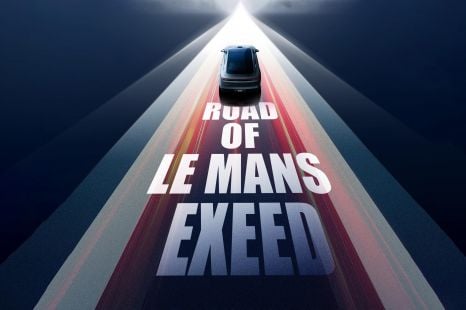

Andrew Maclean
Chery confirms plans to enter Le Mans
3 Hours Ago
Guest User
My dashboard
News Editor
Mazda’s rise upmarket continues.
Nikkei Asia reports the company will begin producing new inline six-cylinder engines in early 2022, along with the new rotary engine range extender option for the MX-30 crossover.
The new sixes will first be available in replacements for the CX-5 and CX-8 SUVs that’ll debut a new rear/all-wheel drive platform referred to internally as Large Architecture.


Mazda will reportedly continue to offer the current-generation CX-5 and CX-8 (above) for an unspecified amount of time after the successor SUVs are launched.
Suppliers have told Nikkei Asia production of the new models will ramp up to 300,000 units during the fiscal year ending in March 2025, or just under a fifth of Mazda’s global sales.
While these will be more premium models for the Mazda brand, the company is trying to keep costs down by sourcing parts from foreign suppliers.
Displacing 3.0 or 3.3 litres, the new inline-six engines petrol and diesel engines will be available with 48V mild-hybrid and plug-in hybrid technology.
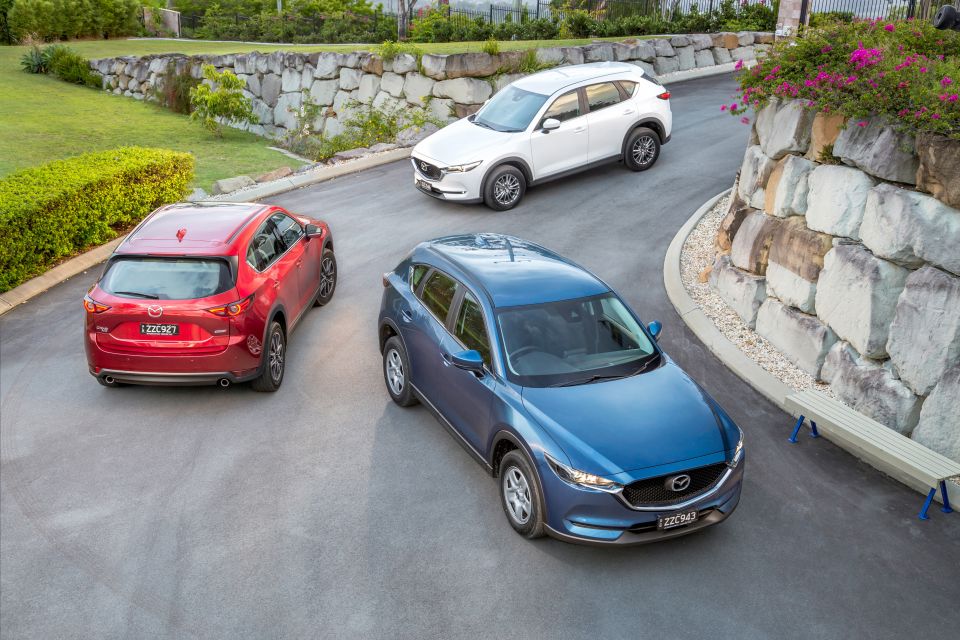
Previous reports indicated the upcoming SUVs – one of which could be called CX-50 – would also continue to offer four-cylinder engines like the current CX-5 and CX-8.
These include a naturally-aspirated 2.5-litre four-cylinder engine with a 48V mild-hybrid set-up and 137kW of power, and a 2.2-litre turbo-diesel four-cylinder.
There’ll also be a turbocharged version of the petrol four producing 166kW of power, down slightly from the current turbo 2.5-litre in models like the CX-9.
Mazda is expected to record a loss of 90 billion yen (A$1.12 billion) for the fiscal year ending March 2021, with global sales contracting eight per cent.
By introducing more upmarket and therefore theoretically more profitable models, Mazda hopes to improve its financial position.
Some of its recent product introductions haven’t met sales expectations.
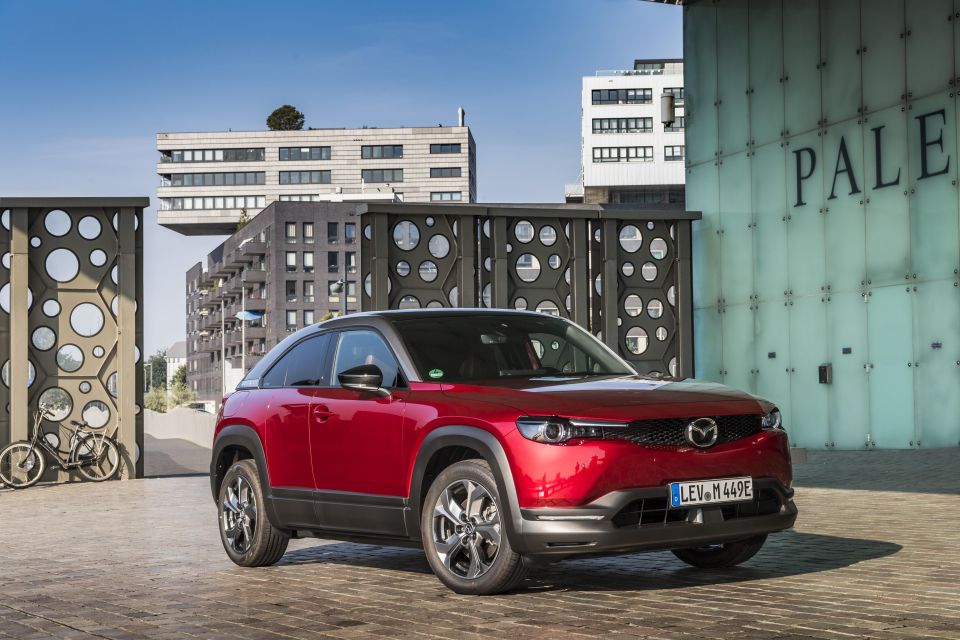
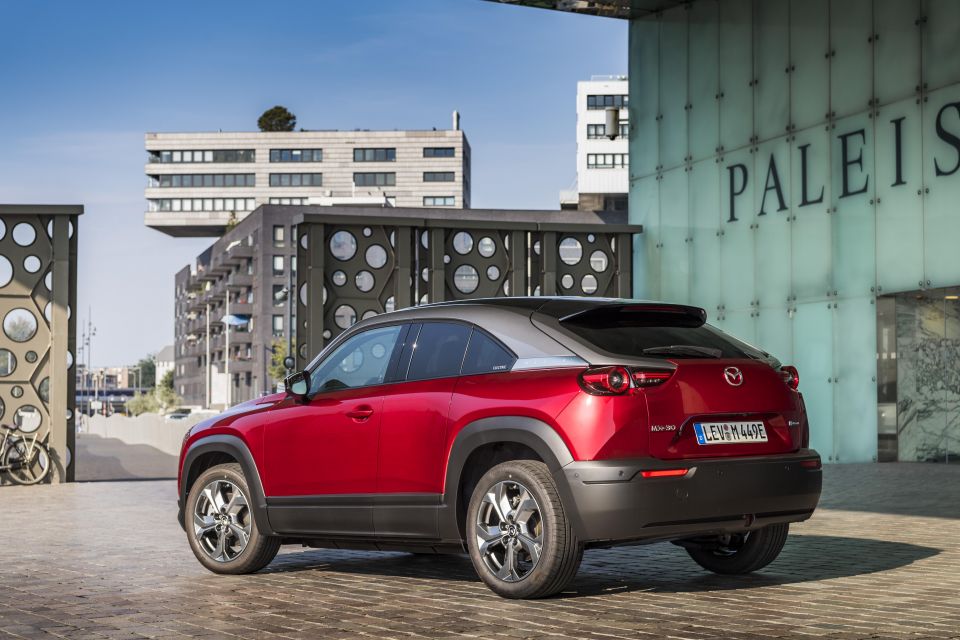
Sales have been slow for the new MX-30 crossover in Japan, which has launched there initially only with a mild-hybrid powertrain.
Nikkei reports it had a monthly sales target of 1000 vehicles but dealers have told the outlet it’s only sold half that amount in its first two months on sale, with prospective customers disliking the freestyle door set-up.
It could experience a boost in sales with the re-introduction of Mazda’s rotary engine, which will be available as a generator in battery-electric versions of the MX-30.
Mazda wants to double the MX-30’s range to 400km.
The company currently cites a 224km driving range on the older NEDC test cycle for the MX-30 EV, equal to approximately 200km between charges measured against thew newer European WLTP cycle.
Production on the rotary MX-30 will begin in the first half of next year, a decade after Mazda ended production of its last rotary-powered model, the RX-8.
Where expert car reviews meet expert car buying – CarExpert gives you trusted advice, personalised service and real savings on your next new car.
William Stopford is an automotive journalist with a passion for mainstream cars, automotive history and overseas auto markets.


Andrew Maclean
3 Hours Ago


Max Davies
3 Hours Ago


Max Davies
3 Hours Ago
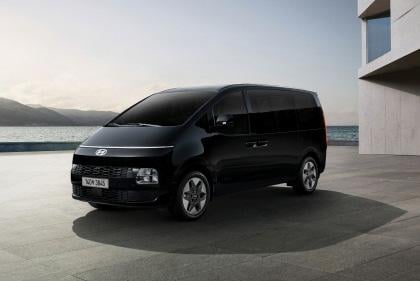

Damion Smy
5 Hours Ago
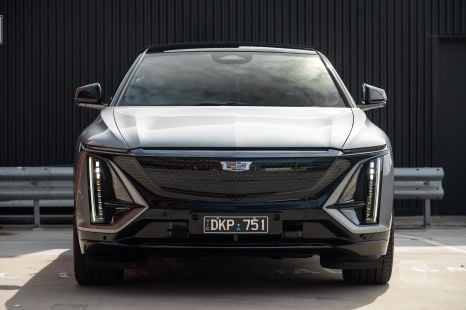

William Stopford
9 Hours Ago


Ben Zachariah
9 Hours Ago